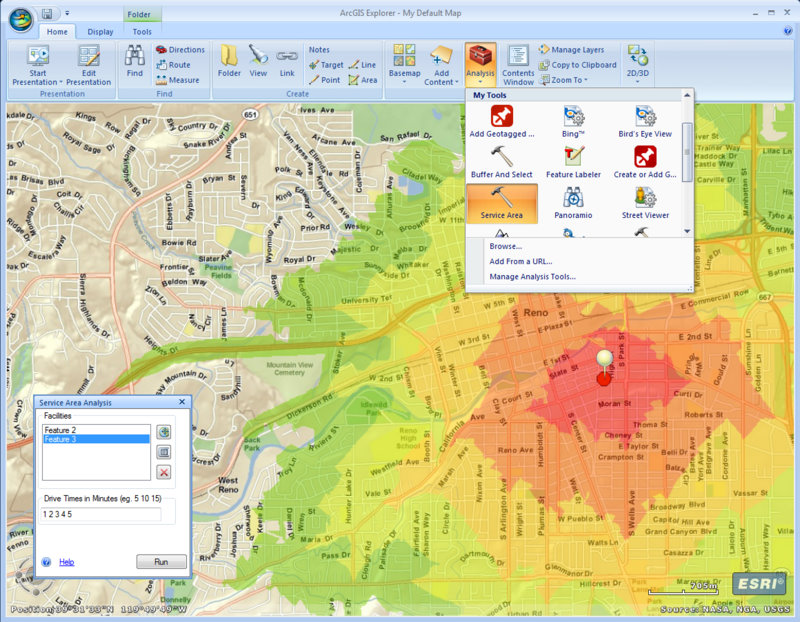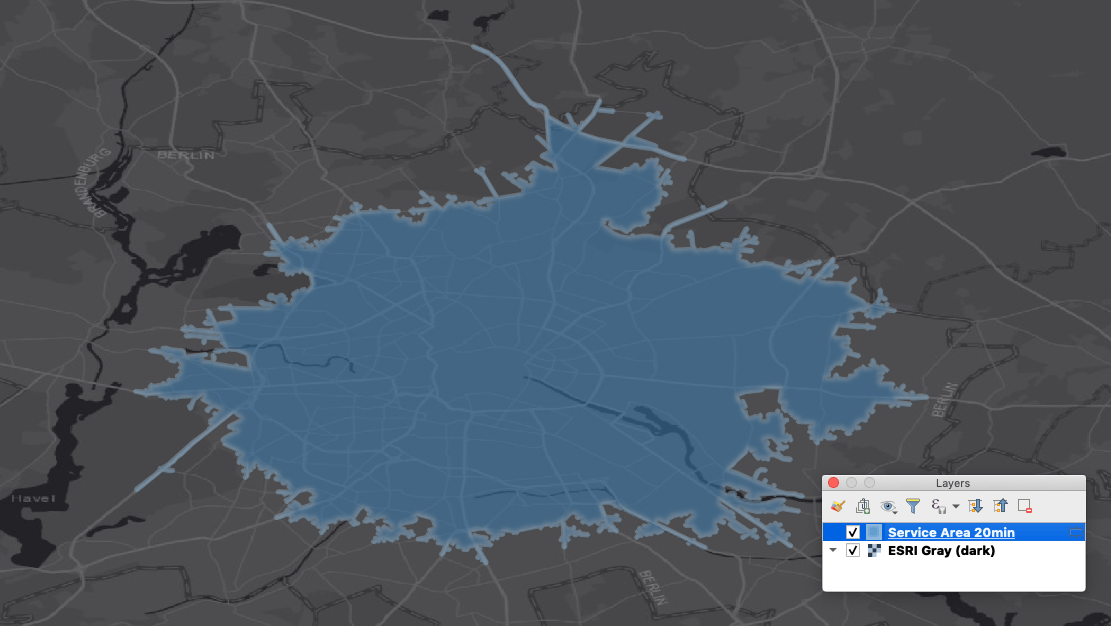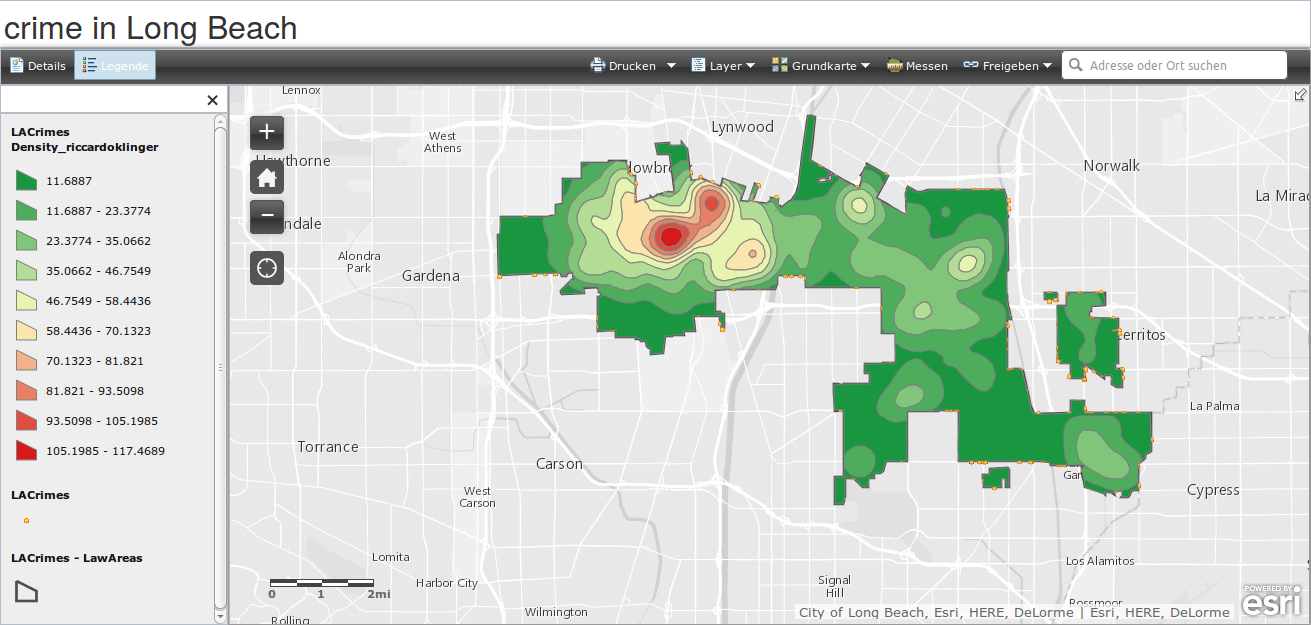Yesterday the new major release of worldwide leading GIS solution ArcGIS was released: 10.3. Most users upgraded already to the version 10.x and enjoyed Python support as well as other enhancements. So what is to expect from this new version? 64 bit support, Twitter integration, free support? Let’s have a look!
Basics
ArcGIS 10.3 is available in a basic version for 1500$ and will be shipped with sample data. If you need additional toolboxes like 3D analyst or spatial analyst you need to purchase them additionally. ArcGIS Pro as part of this major 10.3 release is not included as far as I have read it here. So you somehow need to decide whether you would like to join the force of the cloud as in ArcGIS Online (also referred as AGOL) or the privacy of your desk.
ArcMAP improved a little but wasn’t reinvented: “such as new analysis and automation tools, infographics capabilities, and tools for managing your data more efficiently”. The good thing: You can run ArcMAP side-by-side with ArcGIS Pro which was not really clear as there were always “conflicts” in running maybe ArcMAP 9.1 alongside ArcMAP 10.1 (source).
WTF is ArcGIS Pro
ArcGIS Pro is a completely new ArcGIS solution. Jim McKenny from ESRI explains it in a simple sentence (source):
Our vision was to take the most commonly used functionality from these three separate Desktop applications (ArcMap/Globe/Scene) and merge it into one application – support for both 2D and 3D views is the obvious benefit and example here.Furthermore they state:
ArcGIS Pro is a completely new WPF based application, it’s not java anything, it’s not based on ArcGIS Runtime either. The important thing is has great performance, and the application remains responsive all the time, it does not block the UI as can happen in single threaded applications. This of course is achieved through a multi-threaded (64 bit) application framework that can take advance of large memory address space and GPU’s for display performance.
Furthermore you will see the well-known ribbon style you are already used to in Microsoft Office/Apple products: ribbons.
If you need a deeper insight, maybe this presentation from Jim might be interesting:
Further News from 10.3
- Where we have QGIS2leaf, ESRI now supports direct export from MXD projects to webmaps hosted with ArcGIS online.
- Spatial analyst was enhanced with new raster classification/segmentation tools.
- 13 new raster functions where added:
- ArgStatistics Function
- Classify function
- Curvature Function
- Elevation Void Fill Function
- Python Raster Function
- Recast Function
- Resample Function
- Segment Mean Shift Function
- Statistics and Histogram Function
- Transpose Bits Function
- Unit Conversion Function
- Vector Field Function
- Vector Field Renderer Function
- You can convert PDF to TIFF (sounds so standard to me, doesn’t it?)
- 3D Analyst now supports optimized LAS (ZLAS) but no support for LAZ
- Embed real time data (like instagram, Twitter, sensors and stuff) in your work with GeoEvent Extension for ArcGIS Server
If you want to see the whole catalogue check out this document or the public announcement in the blog @ ESRI




Nice, finally. 🙂
AFAIK, they will never support LAZ due to the conflict of non-military uses clause.